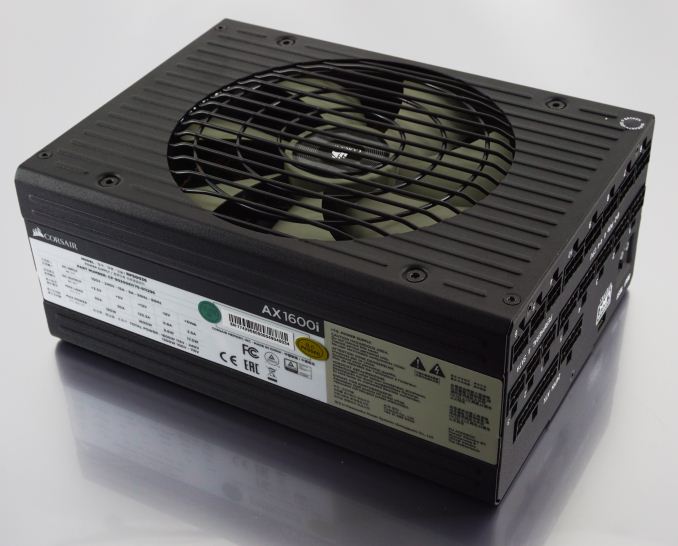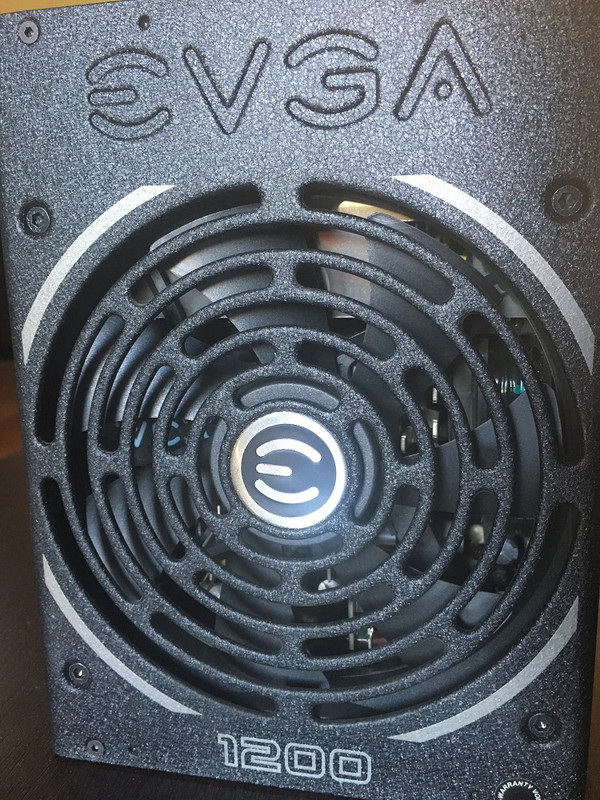- Joined
- Mar 3, 2011
- Messages
- 964 (0.19/day)
- Location
- Greece
At $240, the Corsair AX1000 is certainly not cheap, but it is the best PSU we ever tested. Being built on a Seasonic platform, only top-notch components are used, making this one of the most recommended 1000 W PSUs you can get today, if your system needs much power.
Show full review
Show full review
Last edited by a moderator:






